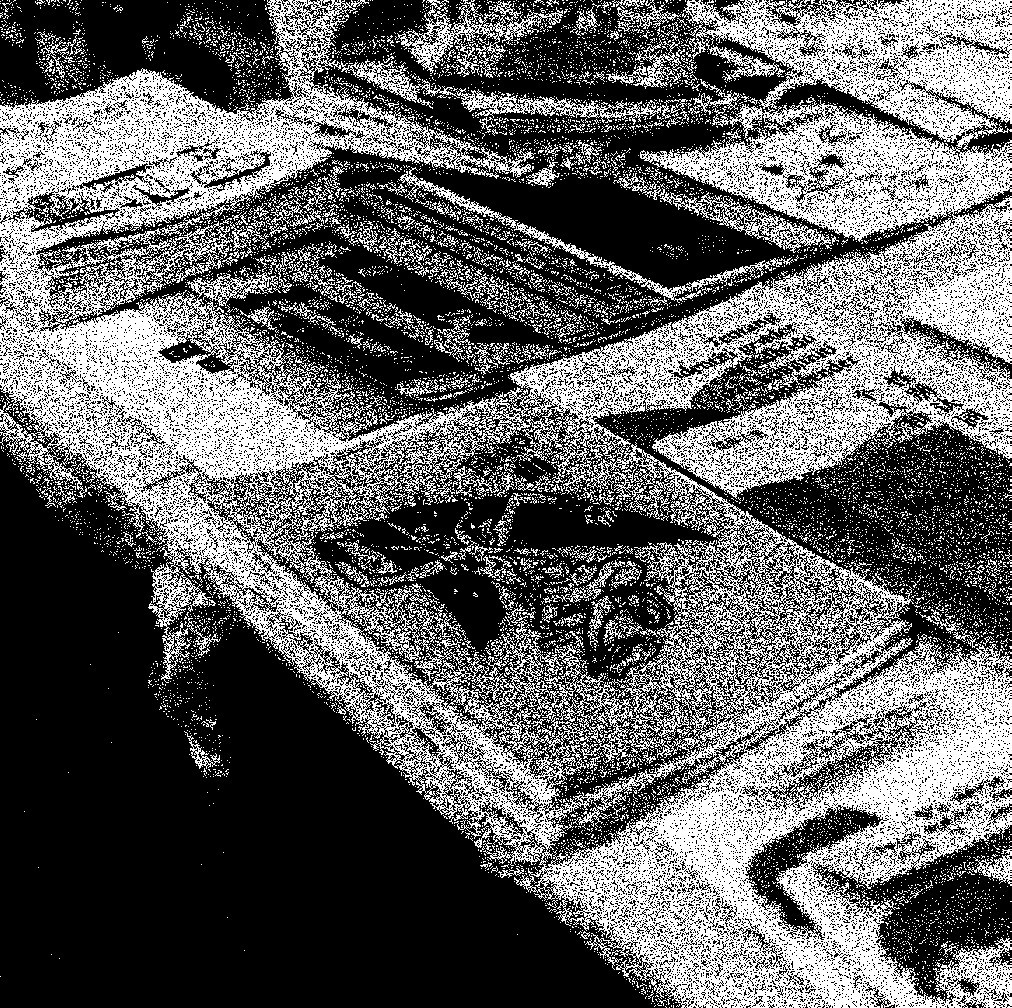THEY TACKLE OBSCURE TOPICS, ARE A LITTLE ROUGH AROUND THE EDGES, AND CAN READ LIKE AN INCENSED MANIFESTO.


THEY TACKLE OBSCURE TOPICS, ARE A LITTLE ROUGH AROUND THE EDGES, AND CAN READ LIKE AN INCENSED MANIFESTO. SO WHY ARE SO MANY IN SINGAPORE TAKING TO THIS COUNTERCULTURE CRAFT? KENG YANG SHUEN TALKS TO THE FOLKS MAKING ZINES GREAT AGAIN.
Zines courtesy of Squelch Zines

In an age when we’re inundated with creators and storytellers uploading endless realms of digital content driving #metoo, #notme, #heforshe, #timesup awareness, it seems quaint that an ubiquitous part of ’80s and ’90s DIY culture has made a comeback, with even Kanye catching on (see his lookbooks for Yeezy). Hand-drawn, often photocopied, and stapled or laminated together, the art of the self published zine has, of late, been on the rise.



THE PEOPLE’S PUBLICATION
But what’s a zine really? There are no hard and fast rules, but here’s the general gist: They’re typically self published, self-funded, handbound (stapled, embroidered, laminated) works with small circulations – from a single copy to a few hundred. They cover any number of topics ranging from politics, art, music and social causes to the super niche – such as the aspirations of everyday folks (see Portraits of People by independent publisher Your Local Newsstand), or cast-off furniture in the neighbourhood of Sengkang by SNGKNG (get it?) aka designer Tisya Wong. (Her eight-pager is a laugh-out-loud, tongue-in-cheek take on an Ikea catalogue.) The most pertinent aspect though is the heavily DIY, anything-goes spirit that tends to permeate each one.
As Gabbi Wenyi Ayane Virk, co-organiser of the Queer Zinefest puts it: “(With zines), you are your own editor so you really shouldn’t worry about what other people find appealing. It’s entirely up to you and what you want to do with your work.” In short, it’s a completely democratic medium, be it in style or content.
One of the earliest homegrown zines would have to be BigO, with its distinct punk aesthetic. Started in 1985 by brothers Philip and Michael Cheah as a black-and white photocopied publication (it went full colour only seven years later), it extensively chronicled Singapore’s indie music scene, and featured names such as Chris Ho, The Oddfellows and The Padres. (The latter two went on to be featured on BBC’s Multitrack 3 programme.) While BigO ceased print publication after a 17-year run, it still exists online with a global (if esoteric) following, and recently enjoyed renewed exposure thanks to filmmaker Sandi Tan’s acclaimed documentary, Shirkers, in which Philip Cheah was a commentator.
Possibly the most conceptual zine here: Rubbish Famzine, the award-winning experimental art book created by Holycrap – the collective that celebrated graphic designer Pann Lim formed with his family – that’s as good as a piece of multimedia art. Take issue #3 that touched on the topic of time and came in a “time capsule” (a traditional biscuit container) containing ephemera such as scavenged twigs and a cassette tape of Lim’s kids singing, all put together by hand. Each edition has become a sought-after collectible since its debut in 2013 and, at press time, the clan was getting ready to launch the ’80s-themed eighth issue.



THE ANALOGUE IG
Naturally then, for much of the scene’s long history (the first zine in the world is often said to be The Comet, a fans-for-fans work published in 1930 in Chicago that focused on the then-burgeoning genre of science fiction), zines have had a strong counter culture association – from the ’70s punk movement to ’90s feminists. Says Queer Zinefest’s Virk: “People have a lot to say, and zines are a way to get their voice out there without worrying so much about censorship.”
Today, its resurgence can in part be seen as a bulwark against the world’s 24/7 stream of digital content – and not simply because you can start one armed with just paper, a pair of scissors, staplers and found images. Photographer Christopher Sim, 24, said he started creating his own after repeatedly hearing his subjects ask for the pictures that don’t appear on his Instagram feed @zalindrome.


























